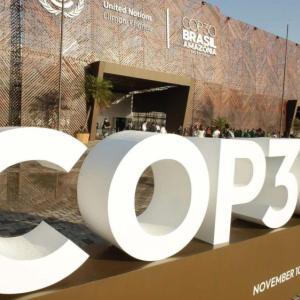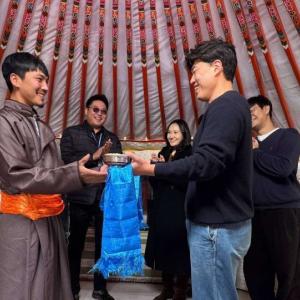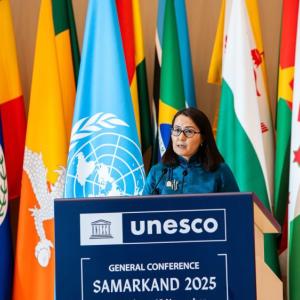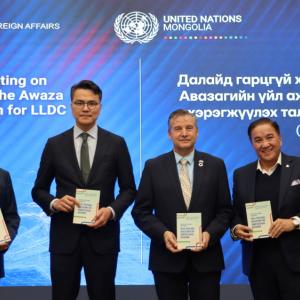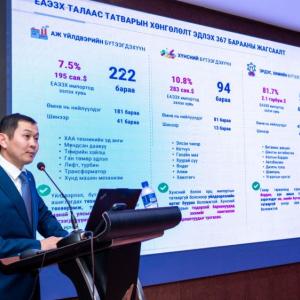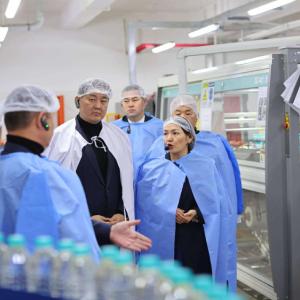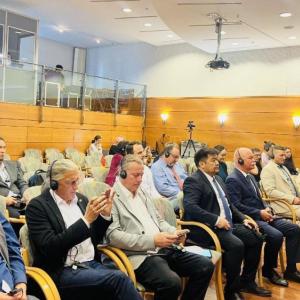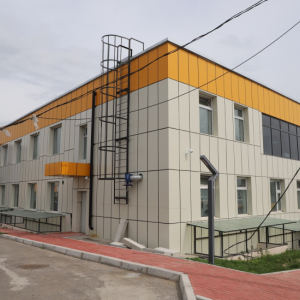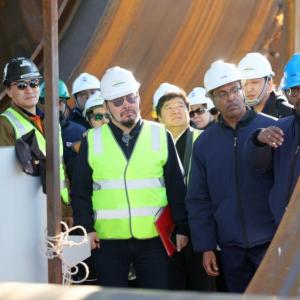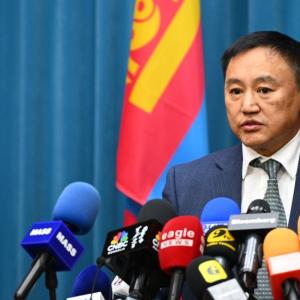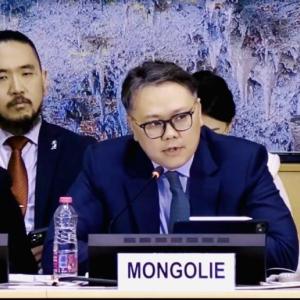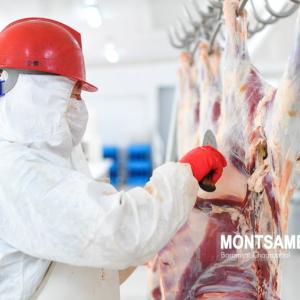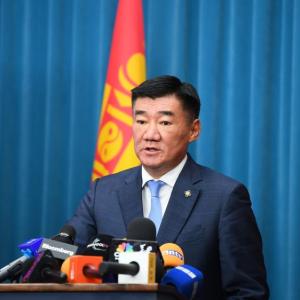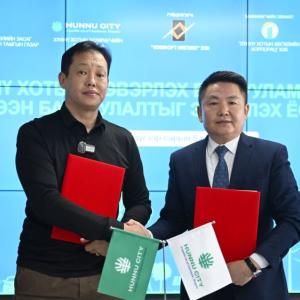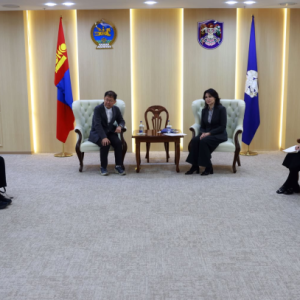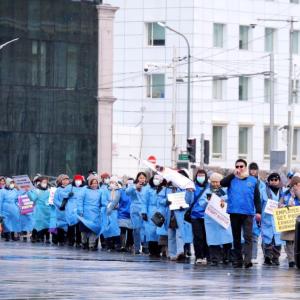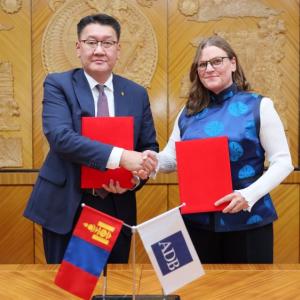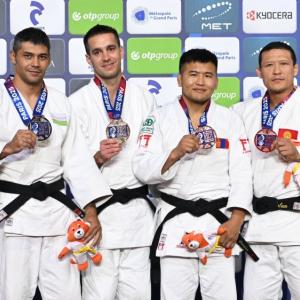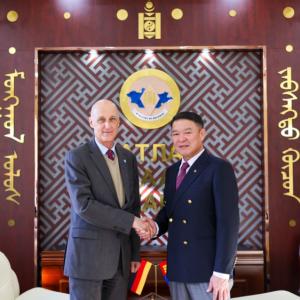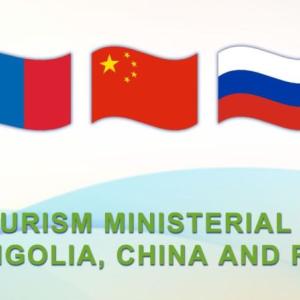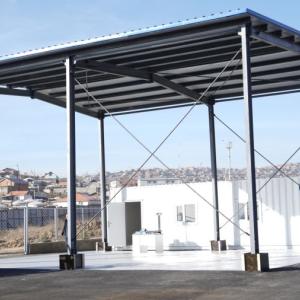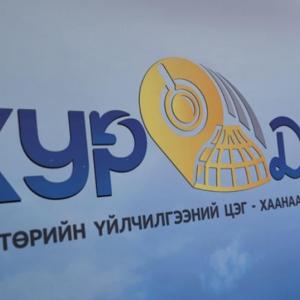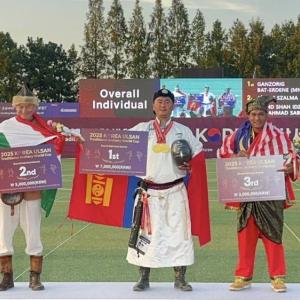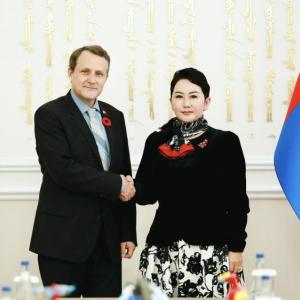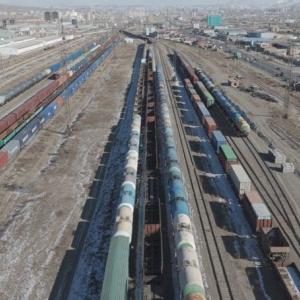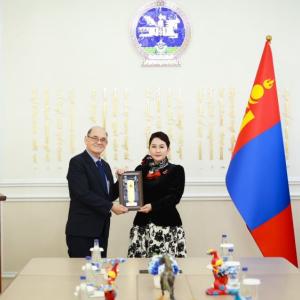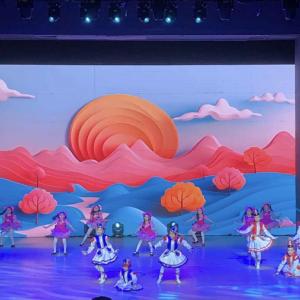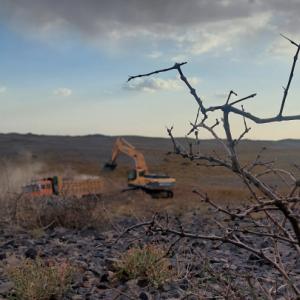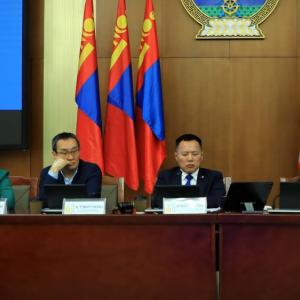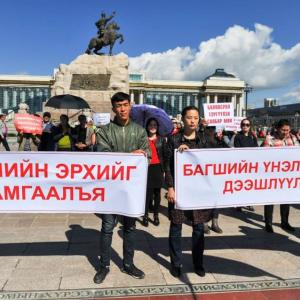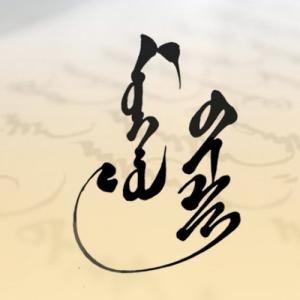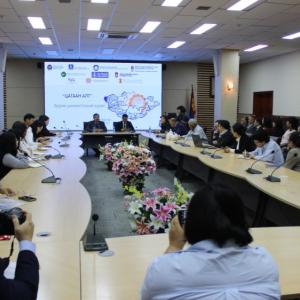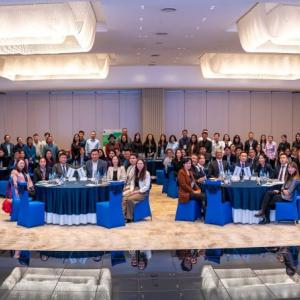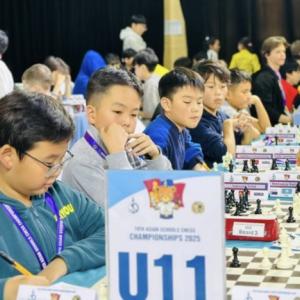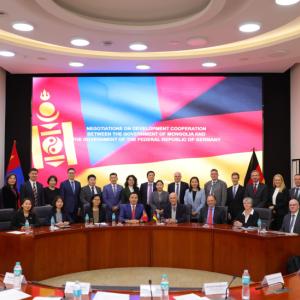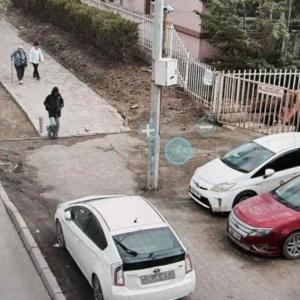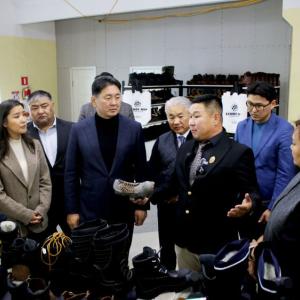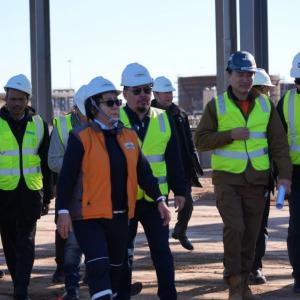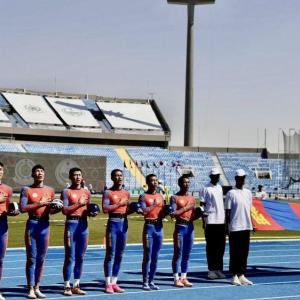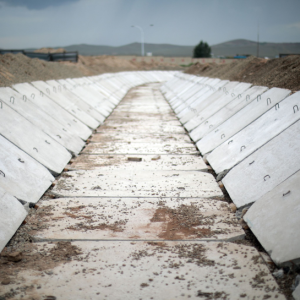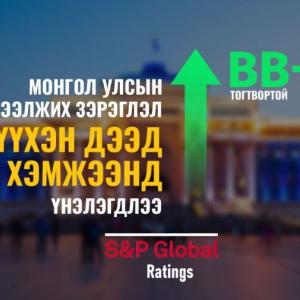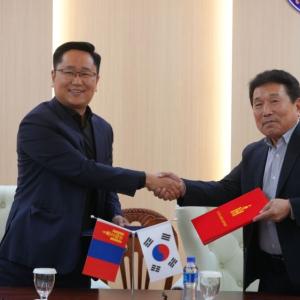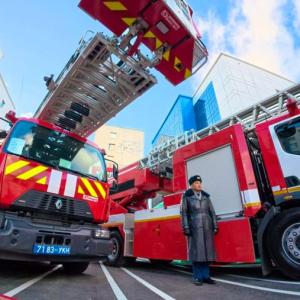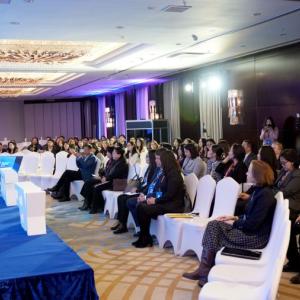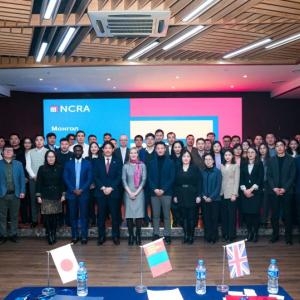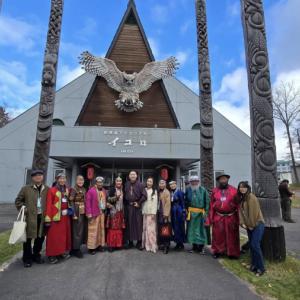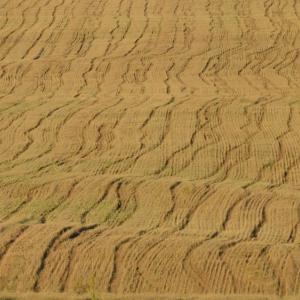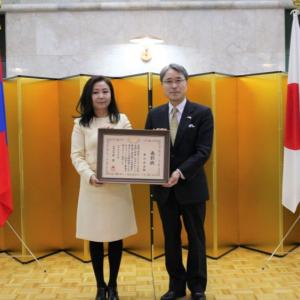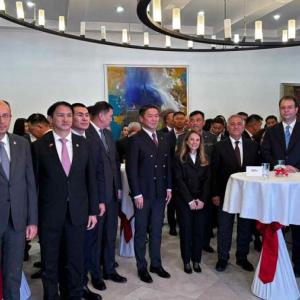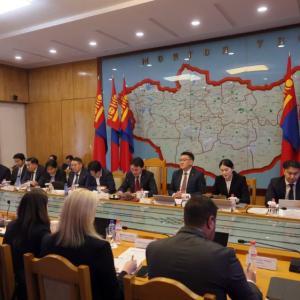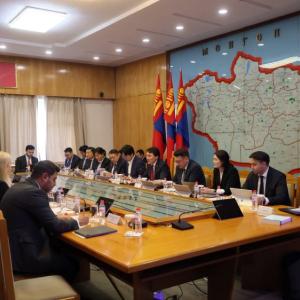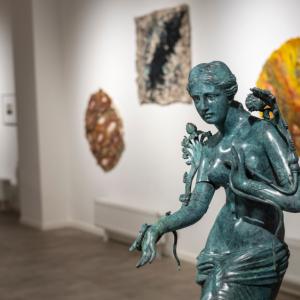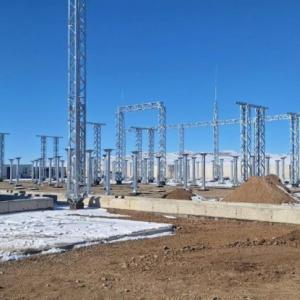Top 10 events in Mongolia in 2017
The Mongol Messenger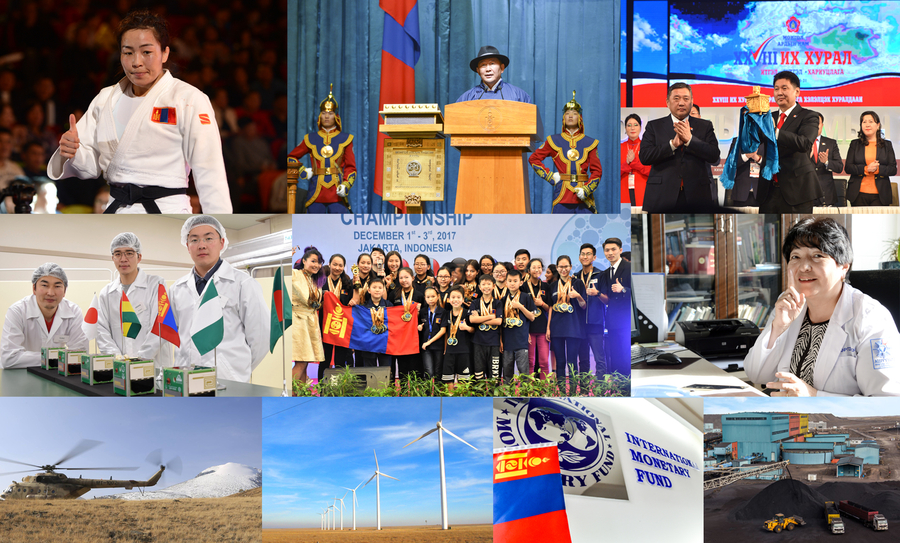
Following tradition, MONTSAME Agency names Mongolia's Top 10 highlights of 2017.
1. DP candidate elected President in a two-round election
The Mongolian people elected former Member of Parliament Battulga Khaltmaa as Mongolia's 5th President in Mongolia’s first two-round election. Political parties with seats in Parliament - the ruling Mongolian People’s Party (MPP), the Democratic Party (DP) and the Mongolian People’s Revolutionary Party nominated candidates M.Enkhbold, Kh.Battulga and S.Ganbaatar for the 2017 Presidential Election that was held on June 26. After none of the candidates failed to win by a majority of votes, a second round was called between MPP and DP candidates who received the highest votes. DP candidate Kh.Battulga won the July 7 round with 611.226 votes or 50.61 percent support. The President-elect was sworn in to office on July 10.

Mongolian voters placed their trust in the MPP in the 2016 General Elections by electing 65 of its candidates for a 76-seat Parliament. In an unforeseen move, majority of voters supported the DP’s candidate for President. Moreover, the 2017 Presidential Election marked a significant increase in the number of protest voters in Mongolia’s election history. There were 18,663 protest voters in the June 26 poll whereas the number increased to 99,494 in the second round, which saw a 60.67 percent voter turnout.

Mongolian voters placed their trust in the MPP in the 2016 General Elections by electing 65 of its candidates for a 76-seat Parliament. In an unforeseen move, majority of voters supported the DP’s candidate for President. Moreover, the 2017 Presidential Election marked a significant increase in the number of protest voters in Mongolia’s election history. There were 18,663 protest voters in the June 26 poll whereas the number increased to 99,494 in the second round, which saw a 60.67 percent voter turnout.
2. U.Khurelsukh becomes Prime Minister and MPP Chairman
In the aftermath of the Presidential Election, some MPP members held the party leadership and the Cabinet responsible for the loss, which led to ousting of Prime Minister J.Erdenebat’s Cabinet on September 7. On October 4, Parliament appointed former Deputy Prime Minister U.Khurelsukh as Mongolia’s 30th Prime Minister. Upon appointment, U.Khurelsukh didn’t receive full support of the MPP Group in the Parliament. Prime Minister U.Khurelsukh formed his Cabinet without altering its structure. The Cabinet consists of 15 Ministers.

Moreover, the Prime Minister was elected Chairman of the ruling party during its 18th Congress held on November 20-23. U.Khurelsukh will thus lead the ruling party and the executive branch of the Mongolian Government.

Moreover, the Prime Minister was elected Chairman of the ruling party during its 18th Congress held on November 20-23. U.Khurelsukh will thus lead the ruling party and the executive branch of the Mongolian Government.
3. Economic downturn and IMF program
Although Mongolia strives to overcome its economic difficulties by itself, it was decided that assistance from the International Monetary Fund (IMF) was needed. The Mongolian Government and the IMF agreed on a three-year Extended Fund Facility (EFF) program with a total external financing package of USD 5.5 billion. International partners including the Asian Development Bank, World Bank and bilateral partners Japan, Korea and the People’s Bank of China support the program. The initial investments within the program helped restore investors’ trust and reduce the economic pressure in Mongolia.

Meanwhile, the Development Bank of Mongolia’s USD 580 million Eurobond maturing on March 21 was replaced by a new Government bond named Khuraldai, issued in February. The Government also announced the release of a new bond in order to repay the Chinggis and dim sum bonds maturing next year. With the settlement of the Development Bank’s USD 580 bond, extension of the CNY 15 billion swap agreement with the People’s Bank of China and solution for the Chinggis and dim sum bonds, it is possible for Mongolia to avoid the risk of debt default until 2021. Fitch Agency revised its outlook on Mongolia and updated the credit rating to positive.

Meanwhile, the Development Bank of Mongolia’s USD 580 million Eurobond maturing on March 21 was replaced by a new Government bond named Khuraldai, issued in February. The Government also announced the release of a new bond in order to repay the Chinggis and dim sum bonds maturing next year. With the settlement of the Development Bank’s USD 580 bond, extension of the CNY 15 billion swap agreement with the People’s Bank of China and solution for the Chinggis and dim sum bonds, it is possible for Mongolia to avoid the risk of debt default until 2021. Fitch Agency revised its outlook on Mongolia and updated the credit rating to positive.
4. Mongolia pays off CHALCO debt
On March 30, the USD 350 million debt of Erdenes Tavan Tolgoi JSC owed to Aluminum Corporation of China Limited (CHALCO) was completely repaid. This enabled the Mongolian Government to reap the benefits of coal exploitation at the East and West Tsankhi deposits of Tavan Tolgoi mine and add 100 percent of the coal mining revenues to the government budget.

Mongolia was selling its coal at the rate USD 27 per ton in September, 2016, but coal prices increased to USD 72.5 or by 169 percent in 2017 after holding an open auction on the coal mined from West Tsankhi. As such, there are opportunities of reanimating every citizen’s 1072 shares of Erdenes Tavan Tolgoi. The company announced that it was working towards distribution of dividends to its shareholders.

Mongolia was selling its coal at the rate USD 27 per ton in September, 2016, but coal prices increased to USD 72.5 or by 169 percent in 2017 after holding an open auction on the coal mined from West Tsankhi. As such, there are opportunities of reanimating every citizen’s 1072 shares of Erdenes Tavan Tolgoi. The company announced that it was working towards distribution of dividends to its shareholders.
5. Renewable energy sector sees major developments
Statistics show that in Mongolia, 300 out of 365 days a year are sunny, an advantage that can make it a major solar energy producer. The year 2017 has seen major developments in renewable energy with the inauguration of wind farms and solar power plants.
On January 19, Mongolia’s largest solar power plant was inaugurated in Khongor Soum, Darkhan-Uul Aimag. The 10MW solar power plant is capable of generating renewable energy for 20,000 households and reducing carbon dioxide emissions by 14,764 tons per year. The annual energy generation capacity of Mongolia’s first large-scale solar power plant is estimated to be approximately 14,182MWh of electricity.

On October 6, 50 MW Tsetsii wind farm began operating in Tsogttsetsii Soum, Umnugobi Aimag in the southern region of Mongolia, 542 km from Ulaanbaatar. Mongolia’s second wind farm was built by Clean Energy Asia LLC which is co-invested by Mongolian Newcom Group and Japanese SB Energy Corporation. The wind farm consists of 25 generators and is capable of producing 50 MW of electricity annually.
On January 19, Mongolia’s largest solar power plant was inaugurated in Khongor Soum, Darkhan-Uul Aimag. The 10MW solar power plant is capable of generating renewable energy for 20,000 households and reducing carbon dioxide emissions by 14,764 tons per year. The annual energy generation capacity of Mongolia’s first large-scale solar power plant is estimated to be approximately 14,182MWh of electricity.

On October 6, 50 MW Tsetsii wind farm began operating in Tsogttsetsii Soum, Umnugobi Aimag in the southern region of Mongolia, 542 km from Ulaanbaatar. Mongolia’s second wind farm was built by Clean Energy Asia LLC which is co-invested by Mongolian Newcom Group and Japanese SB Energy Corporation. The wind farm consists of 25 generators and is capable of producing 50 MW of electricity annually.
6. Mongolian surgeon acknowledged for her skills
On October 21, Dr. Sergelen, State Honored Doctor of Mongolia, Head of Department of Surgery at Mongolian National University of Medical Sciences (MNUMS) and Head of the National Liver Transplant Team, was honored by the American College of Surgeons. The Mongolian surgeon was awarded an Honorary Fellowship alongside nine prominent surgeons from around the world.

Mongolia became the 46th country to conduct liver transplants thanks to Dr. Sergelen’s efforts. She orchestrated the nationwide expansion of laparoscopy surgery and led the development of lower-cost liver transplants in Mongolia. The liver transplants performed in Mongolia in the last three years showed an average 89 percent post-surgery survival rate. Over the years, 140 kidney transplants, 36 liver transplants, 5 bone marrow transplants and 14 corneal transplants have been performed on the national level.

Mongolia became the 46th country to conduct liver transplants thanks to Dr. Sergelen’s efforts. She orchestrated the nationwide expansion of laparoscopy surgery and led the development of lower-cost liver transplants in Mongolia. The liver transplants performed in Mongolia in the last three years showed an average 89 percent post-surgery survival rate. Over the years, 140 kidney transplants, 36 liver transplants, 5 bone marrow transplants and 14 corneal transplants have been performed on the national level.
7. Yearning for the heights and Otgontenger climbing accident
A 27-member team of mountaineers led by Master of Mountaineering Sport N.Surenjav climbed Otgontenger Mountain(4,008m) in Zavkhan Aimag on October 21, but 17 of them lost their lives on in an avalanche their way down. NEMA’s search mission was hindered by the 200 km distance between Otgontenger Mountain and the aimag center and 45 km between the nearest soum center, and continued for three days engaging 200 personnel, two helicopters, and more than 30 vehicles for three days until all 17 bodies were found.

The climbing accident served as a lesson for all government or non-government organizations, voluntary unions and clubs that engage in hiking and climbing activities, especially high mountains, to assess the risks, ensure safety and improve accountability. The leaders of the country extended their condolences to the families and friends of the fallen mountaineers.

The climbing accident served as a lesson for all government or non-government organizations, voluntary unions and clubs that engage in hiking and climbing activities, especially high mountains, to assess the risks, ensure safety and improve accountability. The leaders of the country extended their condolences to the families and friends of the fallen mountaineers.
8. First Mongolian satellite launched in space
June 4, 2017 marked an important moment in the history of Mongolia’s space presence. On this day, first Mongolian satellite ‘Mazaalai’ was sent into space with a SpaceX Falcon 9 rocket at the Kennedy Space Center in Florida as the hundredth flight. With this event, Mongolia became the 51st country to send a satellite into space.
Aside from Mongolia, satellites of Japan, Nigeria, Ghana and Bangladesh were delivered into space. Three young Mongolian students pursuing doctorate degrees at the Kyushu Institute of Technology finished building this miniature satellite in January 2017. Named after Mazaalai, a Gobi bear found in only Mongolia, the satellite was designed, developed and experimented by D.Erdenebaatar, D.Amartuvshin and T.Turtogtokh.

The miniature satellite is capable of taking 100m resolution images from an altitude of around 400km, transmitting data through 437MHz frequency modulation, identifying satellite locations, determining air density from the altitude of 400km, detecting space radiation and using ground stations as an international network.
Aside from Mongolia, satellites of Japan, Nigeria, Ghana and Bangladesh were delivered into space. Three young Mongolian students pursuing doctorate degrees at the Kyushu Institute of Technology finished building this miniature satellite in January 2017. Named after Mazaalai, a Gobi bear found in only Mongolia, the satellite was designed, developed and experimented by D.Erdenebaatar, D.Amartuvshin and T.Turtogtokh.

The miniature satellite is capable of taking 100m resolution images from an altitude of around 400km, transmitting data through 437MHz frequency modulation, identifying satellite locations, determining air density from the altitude of 400km, detecting space radiation and using ground stations as an international network.
9. Mongolia judoka D.Sumiya dominates world ranking
This year, President of Mongolia Kh.Battulga issued a decree to award Rio Olympic silver medalist, judoka D.Sumiya with the title Hero of Labor and Order of Sukhbaatar in recognition of her excellence in judo and contribution to promoting Mongolia abroad.
Member of the Mongolian National Judo team Sumiya Dorjsuren won a silver medal at the 31st Summer Olympic Games in Rio de Janeiro in Brazil in 2016 and a gold medal from the 2017 World Judo Championships in Budapest, Hungary. Before these major competitions, she captured bronze and silver medals in the 2015 World Judo Championships in Astana and the 2014 World Judo Championships in Chelyabinsk, respectively. She became winner of a gold medal in the 2015 Summer Universiade and the 2016 Asian Judo Championships in Tashkent.

Recently, D.Sumiya grabbed a gold medal at the Masters St Petersburg 2017 to become the first judoka to grab four gold medals at the competition. As of December 18, she leads the 2017 IJF world ranking with 7132 points in women’s -57 kg category.
Member of the Mongolian National Judo team Sumiya Dorjsuren won a silver medal at the 31st Summer Olympic Games in Rio de Janeiro in Brazil in 2016 and a gold medal from the 2017 World Judo Championships in Budapest, Hungary. Before these major competitions, she captured bronze and silver medals in the 2015 World Judo Championships in Astana and the 2014 World Judo Championships in Chelyabinsk, respectively. She became winner of a gold medal in the 2015 Summer Universiade and the 2016 Asian Judo Championships in Tashkent.

Recently, D.Sumiya grabbed a gold medal at the Masters St Petersburg 2017 to become the first judoka to grab four gold medals at the competition. As of December 18, she leads the 2017 IJF world ranking with 7132 points in women’s -57 kg category.
10. Mongolian memory athletes excel in world scene
Mongolian memory athletes of the National Intellectual Academy grabbed a total of 760 medals from 46 competitions and championships around the world in 2017, setting new records and promoting the intellectual capacity of Mongolians.
Recently, Mongolia’s leading memory athletes - twins N.Munkhshur and N.Enkhshur, E.Lkhagvadulam and Z.Tsetsegzul participated in the 26th World Memory Championship held on December 5-9 in Shenzhen, China. Team Mongolia took second place with N.Munkhshur becoming the New World Memory Champion. She is the first female absolute World Memory Champion. The Mongolian twins also set new world records in their respective categories.

Previously, the Mongolian national team took part in the International Association of Memory Championship 2017 held in Jakarta, Indonesia and absolutely shined by grabbing 57 out of 90 medals in total. Mongolia’s team of 20 athletes won 21 gold, 21 silver and 15 bronze medals, while scoring 22,531 points.
Recently, Mongolia’s leading memory athletes - twins N.Munkhshur and N.Enkhshur, E.Lkhagvadulam and Z.Tsetsegzul participated in the 26th World Memory Championship held on December 5-9 in Shenzhen, China. Team Mongolia took second place with N.Munkhshur becoming the New World Memory Champion. She is the first female absolute World Memory Champion. The Mongolian twins also set new world records in their respective categories.

Previously, the Mongolian national team took part in the International Association of Memory Championship 2017 held in Jakarta, Indonesia and absolutely shined by grabbing 57 out of 90 medals in total. Mongolia’s team of 20 athletes won 21 gold, 21 silver and 15 bronze medals, while scoring 22,531 points.
The article was published on the 51-52nd issue of the Mongol Messenger.
Kh.Aminaa
Kh.Aminaa
 Ulaanbaatar
Ulaanbaatar





